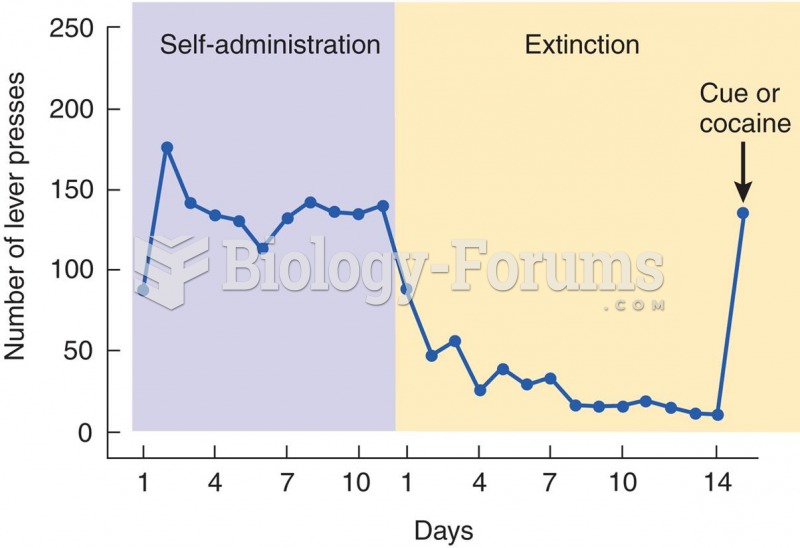Answer to Question 1
ANS: 4
Knowing who clients are helps you select caring approaches that are most appropriate to the cli-ents' needs. For that reason, focus on building a relationship that allows you to learn what is im-portant to your clients.
While arranging for clergy to visit may be comforting to some clients, the nurse must first know' the client to determine if it would be appropriate and then ask the client if they wish clergy to visit.
While asking someone why the client is crying may get to the root of the crying, it does not aid directly in the nurse-client relationship that will help in the development of a caring relationship built on the nurse knowing' the client.
While offering to answer questions may help minimize the client's fear, it will be effective only after the nurse knows' the client well enough to determine that the crying is a result of an insuf-ficient understanding of the proposed procedure.
Answer to Question 2
ANS: 3
As nurses acquire more experience, they typically learn that caring helps them to focus on the clients for whom they care. Caring facilitates a nurse's ability to know a client, allowing the nurse to recognize a client's problems and to find and implement individualized solutions.
While assessment skills aid a nurse's ability to identify client needs, they do not have the greatest impact on the development of caring as a nursing characteristic.
Although compassion is a vital component of a caring nurse's personality, it does not have the greatest impact on the development of caring as a nursing characteristic.
While effective, proficient nurse-client communication is a vital nursing skill, it does not have the greatest impact on the development of caring as a nursing characteristic.







